Introduction: The New Wave of Japanese Food on Campus
Not that long ago, Japanese food on campus meant two things: California rolls and teriyaki chicken. That was pretty much it.
That’s completely different now. Students today treat food like exploration. They’ve got adventurous taste buds and their phones ready to document everything. They’re getting into real Japanese food—the diverse, comforting stuff that goes way beyond the basics. And they’re redefining what “Japanese food” even means for their generation.
A whole new category of dishes has blown up in college towns. Affordable, incredibly satisfying, ridiculously photogenic. These aren’t niche anymore—they’re staples. Walk through any campus area and you’ll see ramen shops packed at lunch, poke bowls flying out the door, onigiri in convenience stores. It went from “interesting alternative” to “what I’m eating twice a week” faster than anyone expected. Students adopted these foods into their regular rotation, and now they’re just part of the landscape.
The ‘Why’ Behind the Craze: A Trifecta of Student Appeal
This isn’t just a random food trend; it’s a movement. The massive popularity of these dishes is the result of a perfect storm of factors that align perfectly with the modern student experience.
- Maximum Flavor, Minimum Budget: Students are masters of stretching a dollar, but they refuse to eat boring food. Dishes like ramen and donburi offer an unbeatable “flavor-to-dollar” ratio. They are complex, filling, and deeply flavorful meals that often cost about the same as a mediocre fast-food combo, making them a brilliant economic choice.
- The Quest for Comfort and Authenticity: The pressure of college life creates a powerful need for real comfort food. For this generation, the restorative power of a huge bowl of ramen is the new mac and cheese. There’s also a deep appreciation for authenticity. Students don’t want a watered-down Americanized version; they want the real deal, and they’ll use Google Maps and TikTok to find it.
- The Instagram Effect: Food as Content: In today’s visual world, we eat with our eyes first. Japanese food, with its inherent artistry and beautiful presentation, is made for the social media age. A perfectly composed bowl of ramen with a glistening, jammy egg is more than lunch—it’s a shareable experience, a piece of content that signals you’re in the know.
From Consumer to Creator: Articulating Your Culinary Passion
As you try all these amazing dishes, you might find yourself wanting to tell people about them. Maybe you want to write a Yelp review that actually helps someone find a great ramen spot, or even start a food blog. This is a great way to sharpen your writing and communication skills. How do you describe the rich flavor of a broth or the perfect texture of a noodle? If you want to take your writing to the next level—to make it more engaging and persuasive—checking out some resources can be a huge help. A platform like EssayHub is a fantastic place to find writing guides and examples that can teach you how to express your thoughts with more clarity and impact. It’s a skill that’s not just for food reviews; it’s for every essay, report, and email you’ll ever write.
The Reigning Champions: The 5 Dishes Dominating the College Scene
1. Ramen: The Undisputed King of Comfort
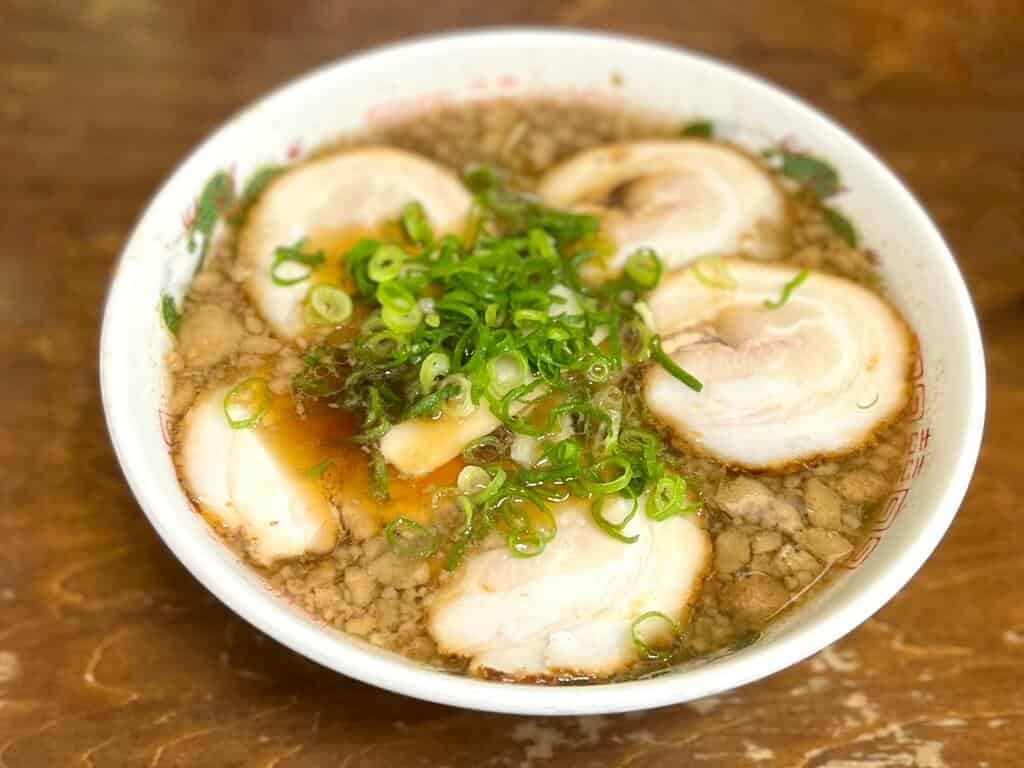
The Experience: Calling ramen just “soup” is like calling a smartphone just a “phone.” It’s a whole universe in a bowl. It starts with the broth, a soul-warming liquid that might be a creamy, rich pork-based Tonkotsu, a light chicken-based Shio, a savory soy-sauce-based Shoyu, or a funky, fermented Miso. Then you have the noodles, which need to have that perfect springy chewiness. Finally, the toppings—the ecosystem of flavor—from melt-in-your-mouth chashu pork and a marinated soft-boiled ajitama egg to crisp bamboo shoots and sharp green onions.
The Student Connection: Ramen’s appeal is primal. It’s the ultimate comfort food for a generation navigating new levels of stress. The experience of huddling with friends in a bustling, steamy ramen shop is a ritual. It’s a perfect meal for a cold night, a late-night study break, or a celebratory feast. The ability to customize your bowl with extra spice, garlic, or toppings gives you a sense of control and makes the experience your own.
2. Donburi (Rice Bowls): The Pinnacle of One-Bowl Efficiency
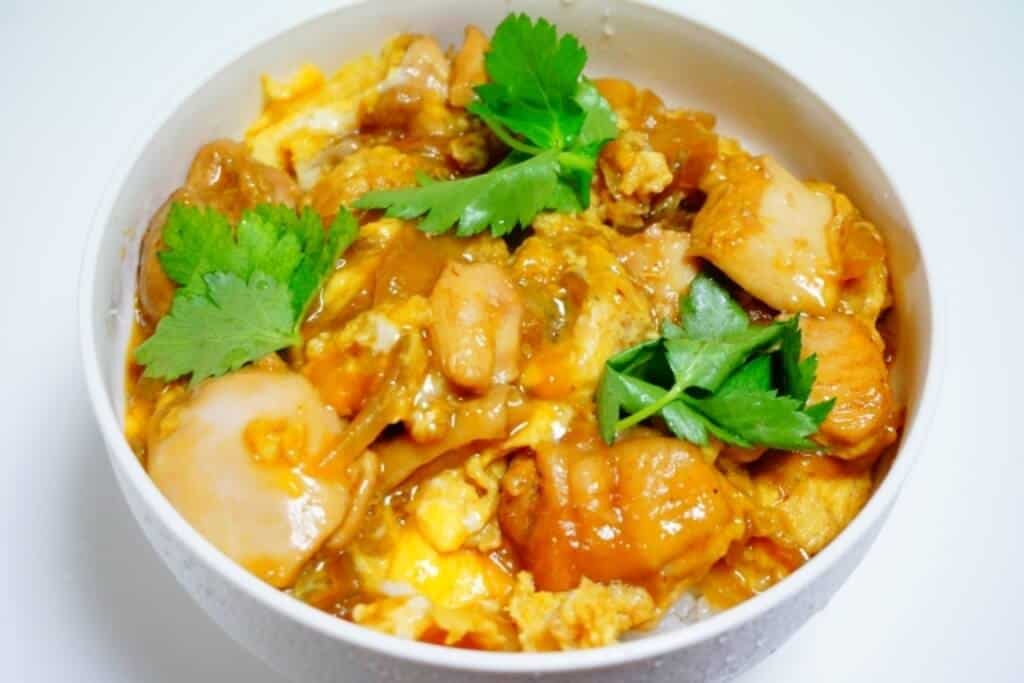
The Experience: Donburi is the art of the perfect one-bowl meal. It’s a simple formula executed brilliantly: a foundation of fluffy rice topped with something delicious. The variations are endless, but a few have become student legends. There’s Katsudon, a crispy panko-breaded pork or chicken cutlet simmered with egg and a savory-sweet sauce. There’s Gyuudon, with thinly sliced beef and onions in a delicate broth. And there’s Oyakodon, the “parent-and-child” bowl of chicken and egg.
The Student Connection: For a student sprinting between commitments, the donburi is a model of delicious efficiency. It delivers a complete, balanced, and incredibly satisfying meal in a single, easy-to-manage bowl. There’s no fuss. It’s the ideal lunch to grab between classes or a quick dinner before a long night at the library, providing the perfect carb-and-protein combo to keep you going.
3. Japanese Curry: The Addictive and Heartwarming Staple

The Experience: If you think you know curry, think again. Japanese curry is its own unique and wonderful thing. It’s thick like a rich gravy, and its flavor is more savory and slightly sweet than spicy. It’s made from a roux that gives it a distinct, comforting aroma that is instantly recognizable. Served over a mound of rice, often with a crispy chicken or pork katsu on top (Katsu Karē), it is one of the most satisfying meals on the planet.
The Student Connection: Japanese curry is pure, uncomplicated comfort. Its mild but deeply savory flavor has a universal appeal that makes it incredibly addictive. It’s the kind of meal that feels like a warm hug, perfect for fighting off the stress of midterms or just a gloomy, rainy day. It’s hearty, affordable, and consistently delicious, making it a reliable go-to for hungry students everywhere.
4. Onigiri (Rice Balls): The Ultimate Portable Power-Up
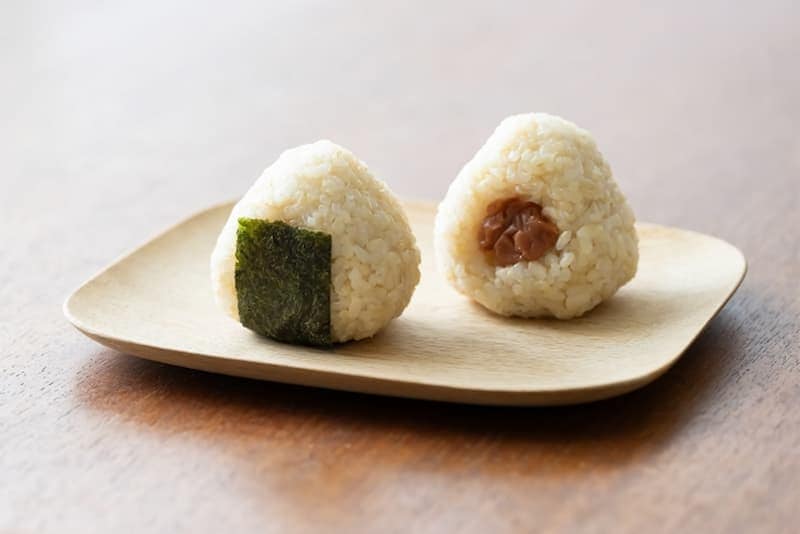
The Experience: The onigiri is a masterpiece of food design. It’s a compressed triangle or ball of seasoned rice, stuffed with a savory filling, and usually wrapped in a crisp sheet of nori (seaweed). The fillings are a world of their own, from classics like salted salmon and tangy pickled plum (umeboshi) to modern favorites like tuna mayo.
The Student Connection: For a student in constant motion, the onigiri is the perfect food. It was literally designed to be eaten on the go. You can eat it with one hand while walking to class or during a quick study break. It’s healthier, more filling, and way more interesting than a bag of chips or a candy bar. It’s the perfect backpack snack for that moment in a three-hour lecture when your stomach starts to rumble.
5. Gyoza and Karaage: The Perfect Social Fuel

The Experience: While the other dishes are full-blown meals, gyoza (pan-fried dumplings) and karaage (Japanese fried chicken) are the undisputed champions of shareable snacks. Gyoza have that amazing textural combination of a crispy, pan-fried bottom and a soft, steamed top, all encasing a juicy, savory filling. Karaage is made of bite-sized pieces of chicken thigh, marinated in soy, ginger, and garlic, then fried to an impossible level of crispiness and juiciness.
The Student Connection: These are social foods, through and through. They are the centerpiece of a study group’s late-night food order and the first thing everyone agrees on at an izakaya. The act of sharing a plate of hot, crispy gyoza or passing around a basket of karaage is communal. It fuels conversation and builds friendships. They are the perfect, crowd-pleasing bites for any group hangout.
Conclusion: A Permanent Fixture in the Student Lexicon
This isn’t a trend that’s going to fade. Japanese food has become part of how students actually eat now, and there are real reasons why. These dishes check every box that matters in college: they taste great, they don’t wreck your budget, you can grab them quickly between classes, and they’re genuinely satisfying. Plus you get to experience a different culture while eating something that actually helps you function better academically.
So if you’ve been walking past that donburi place wondering if it’s worth trying—just go. Be a little adventurous. Your taste buds will be happy, and honestly, your brain will probably work better too. Sometimes the best decisions are the simplest ones: try something new, eat something good, and see what happens.

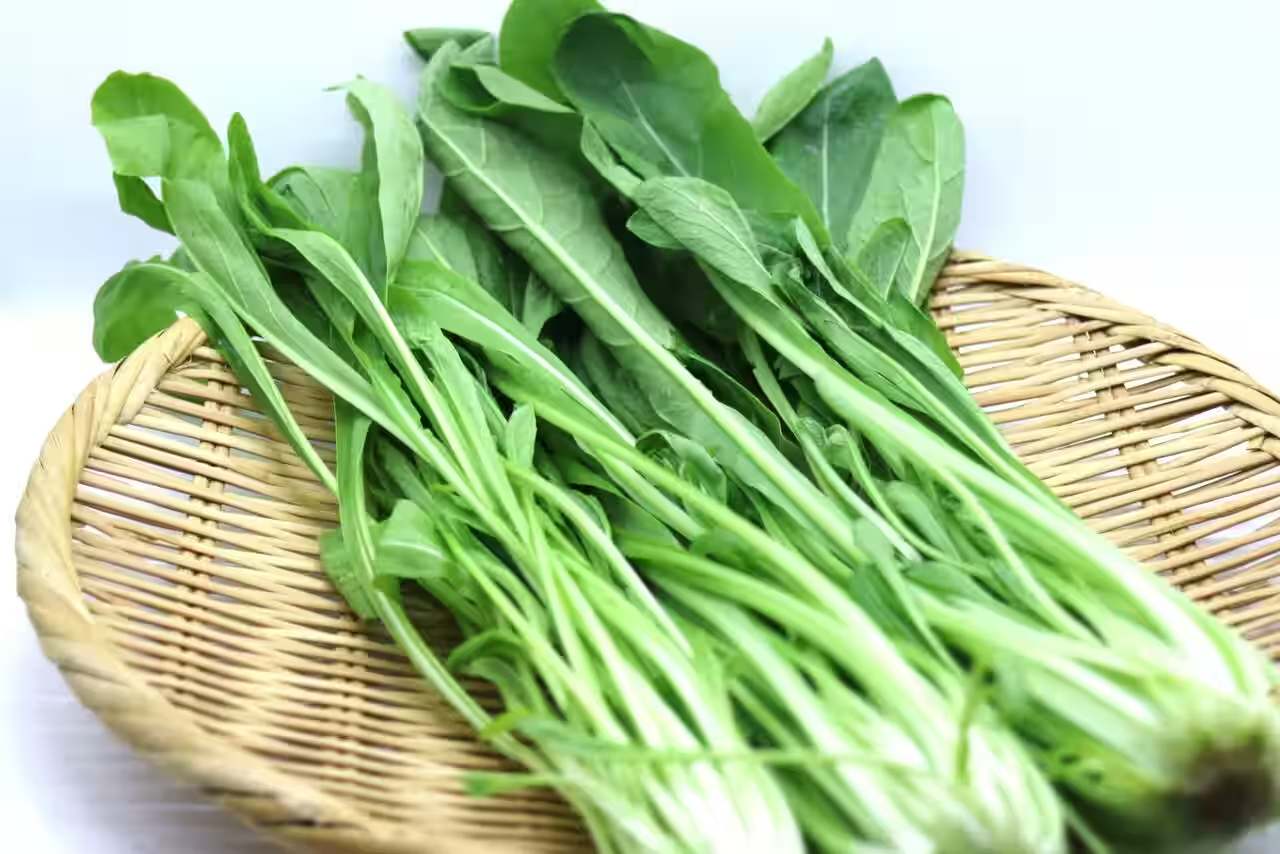

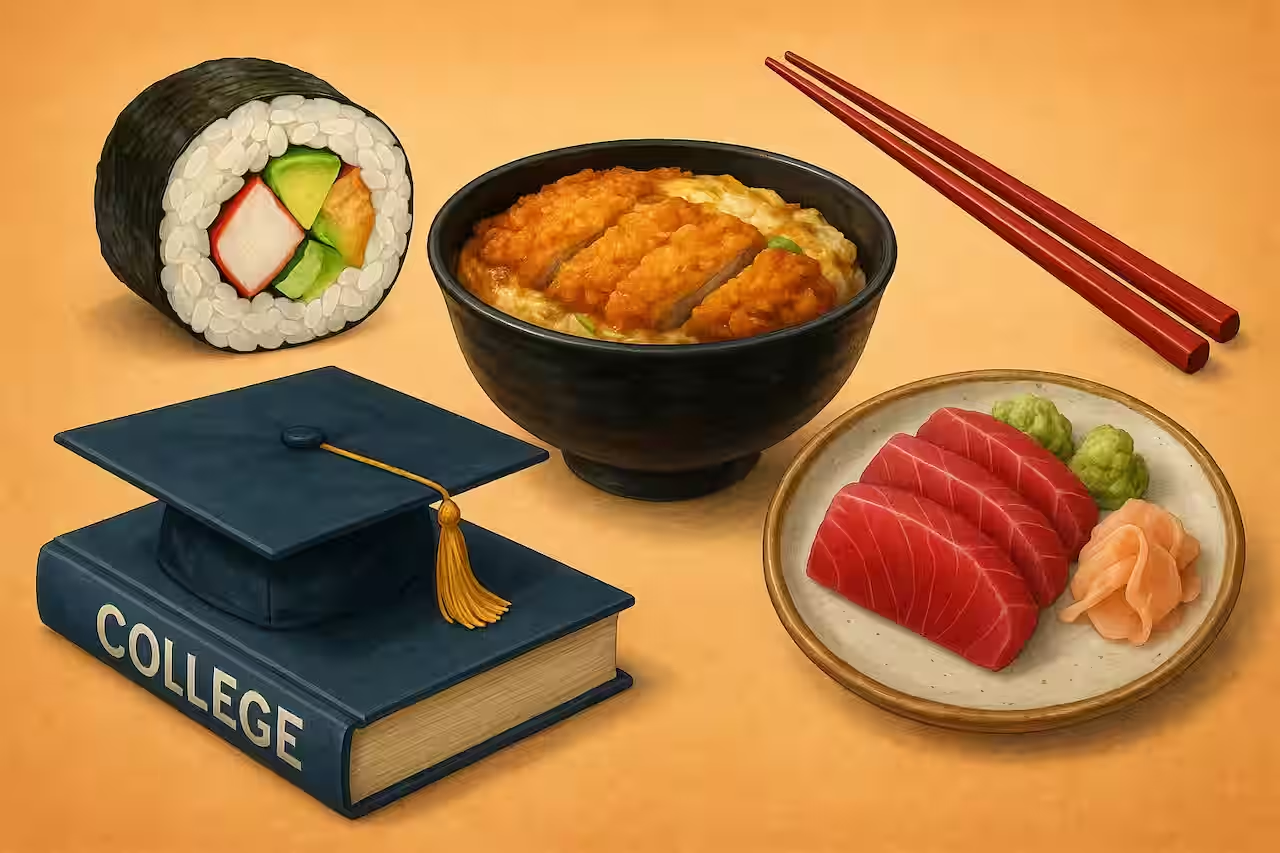










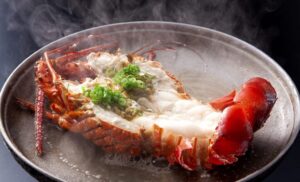
Comments